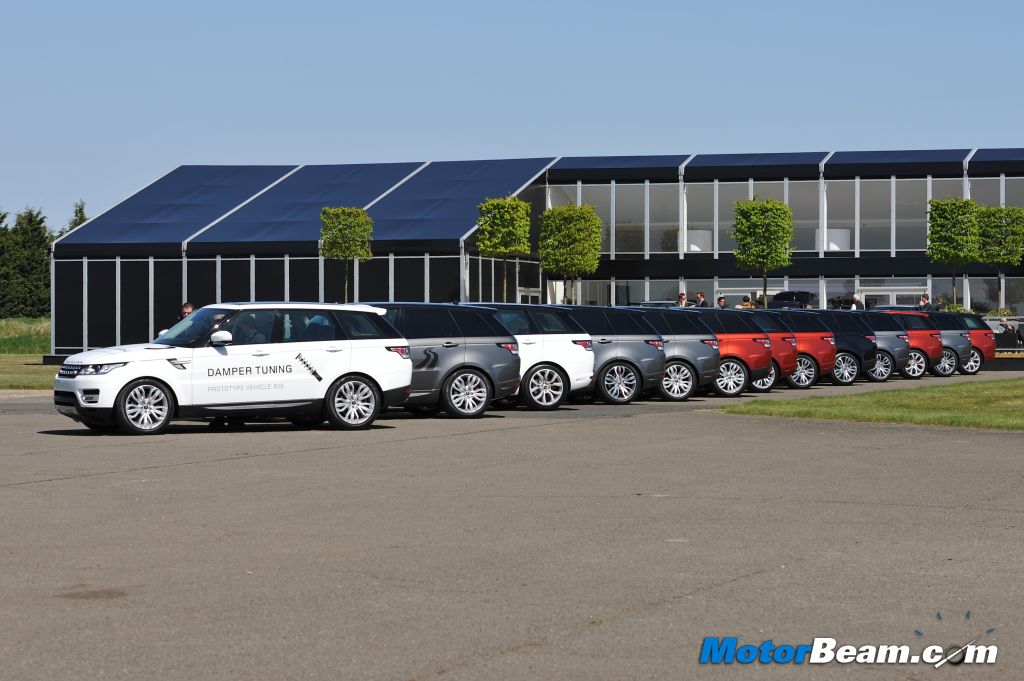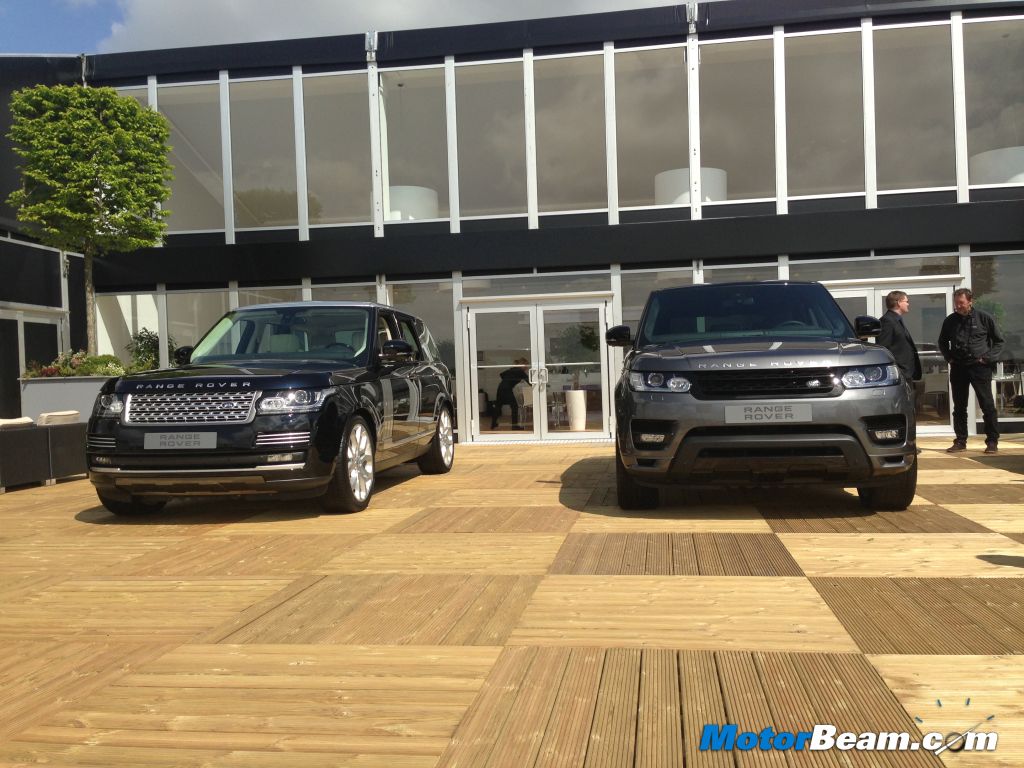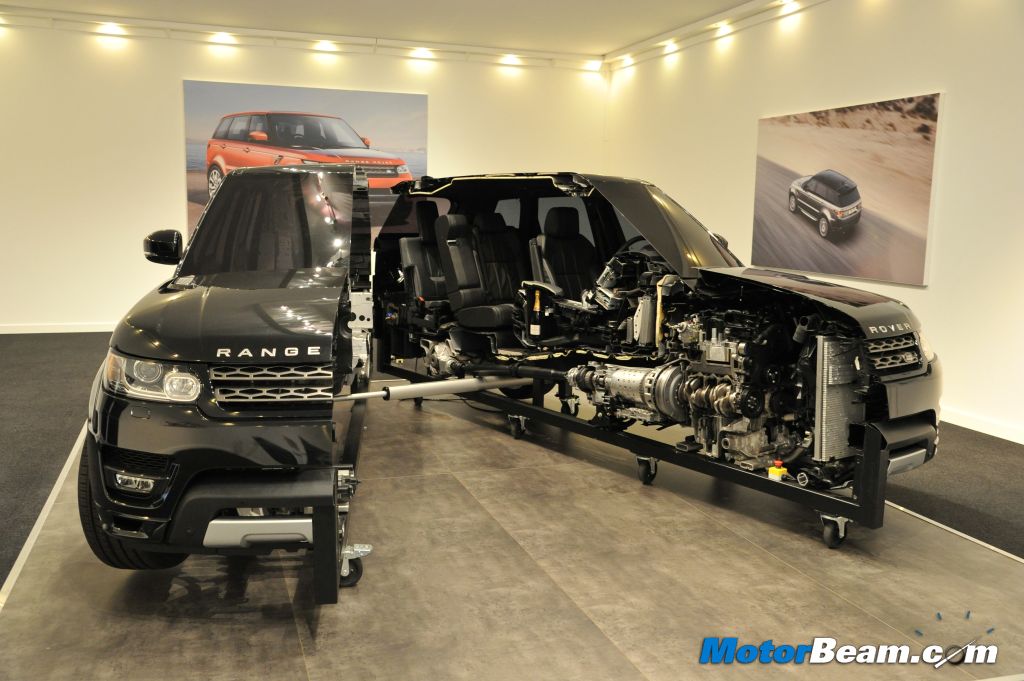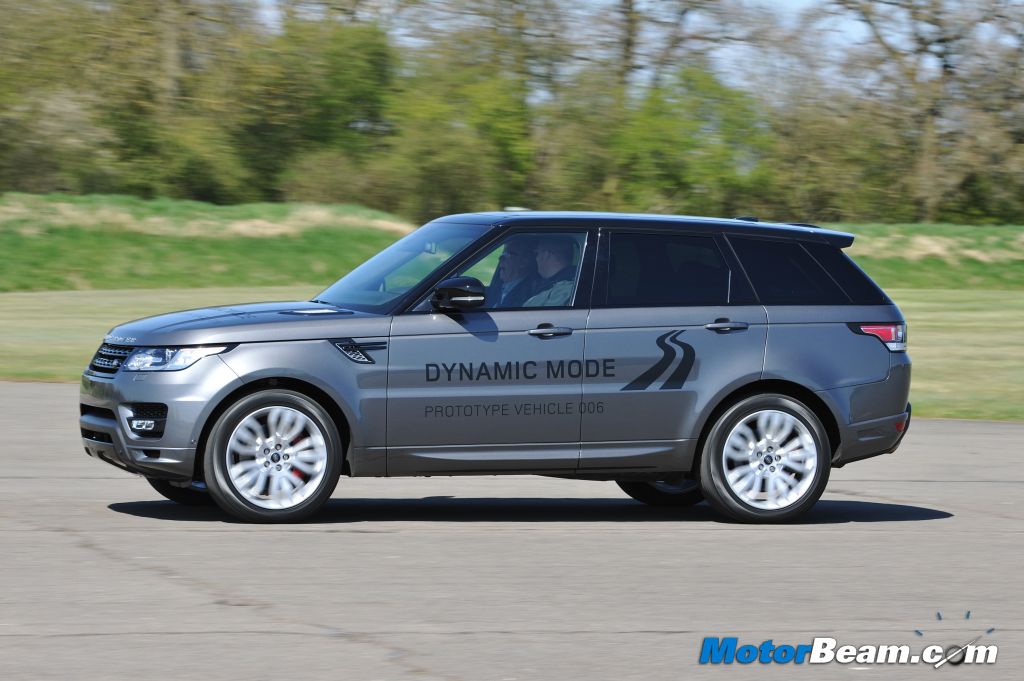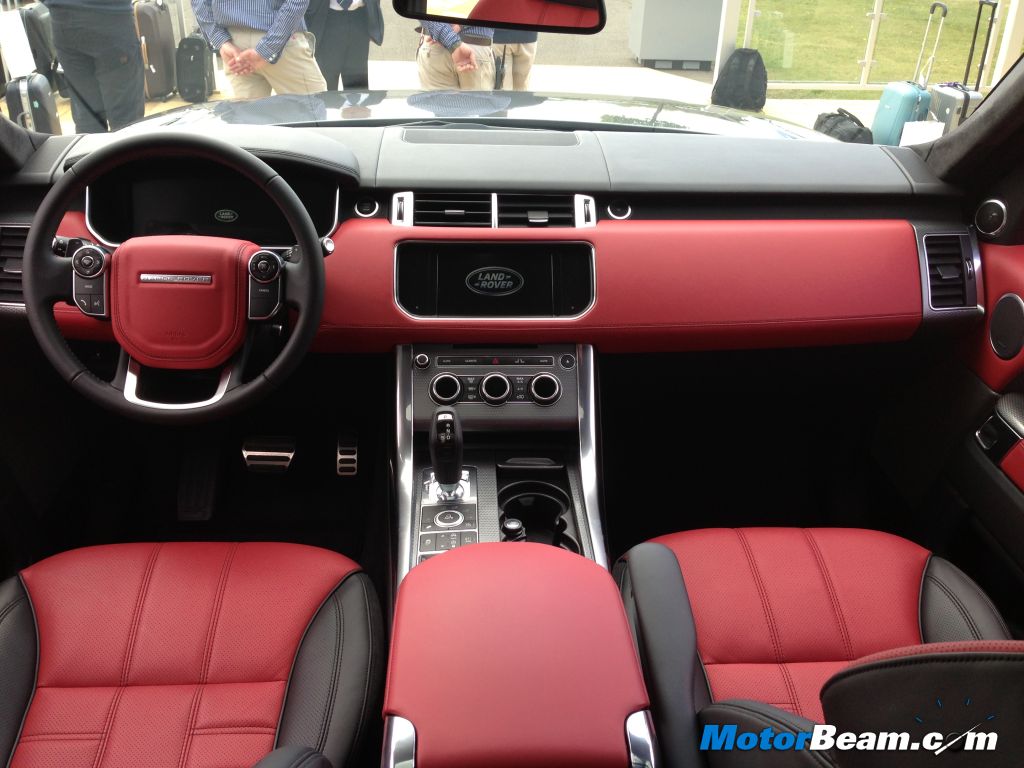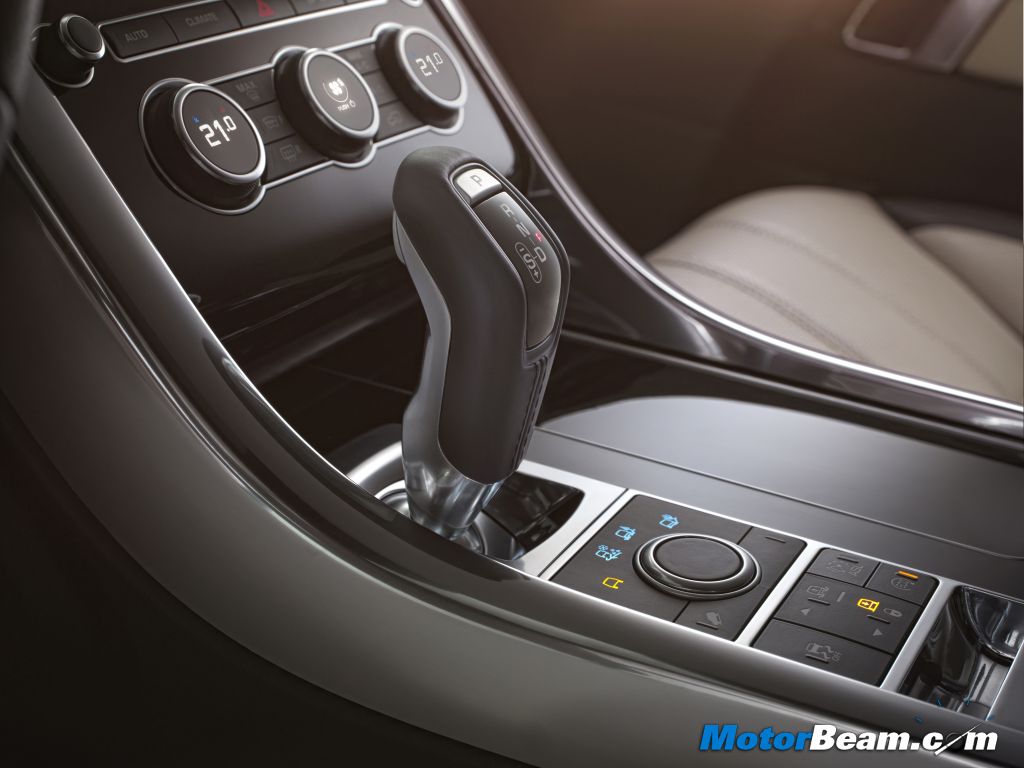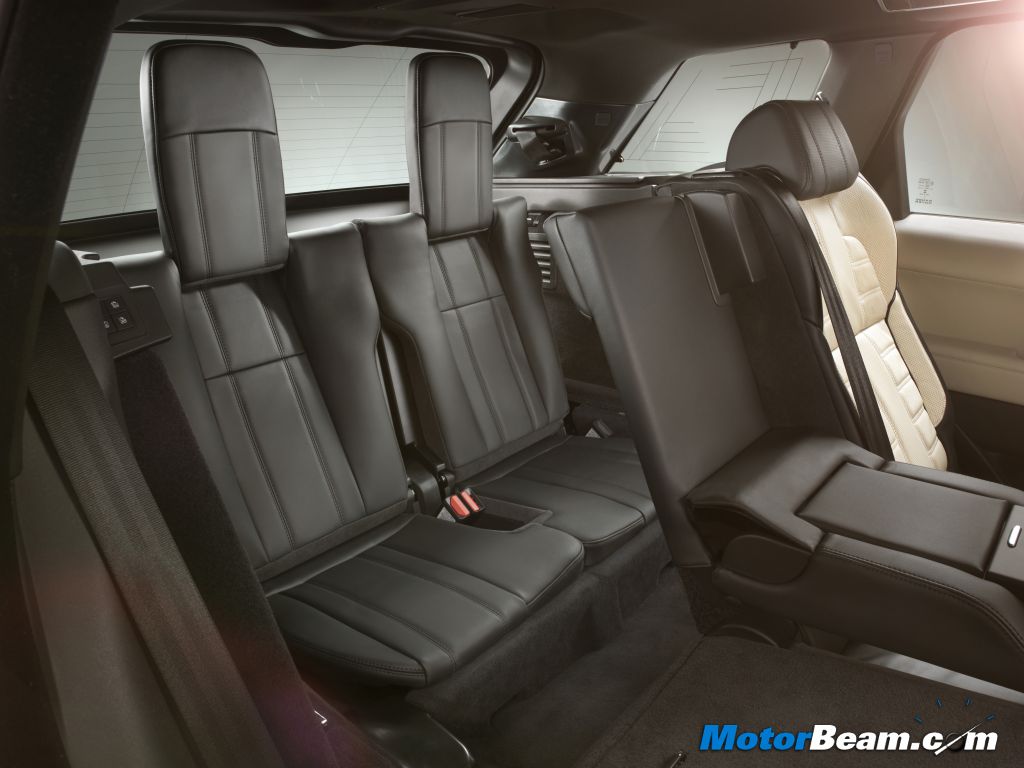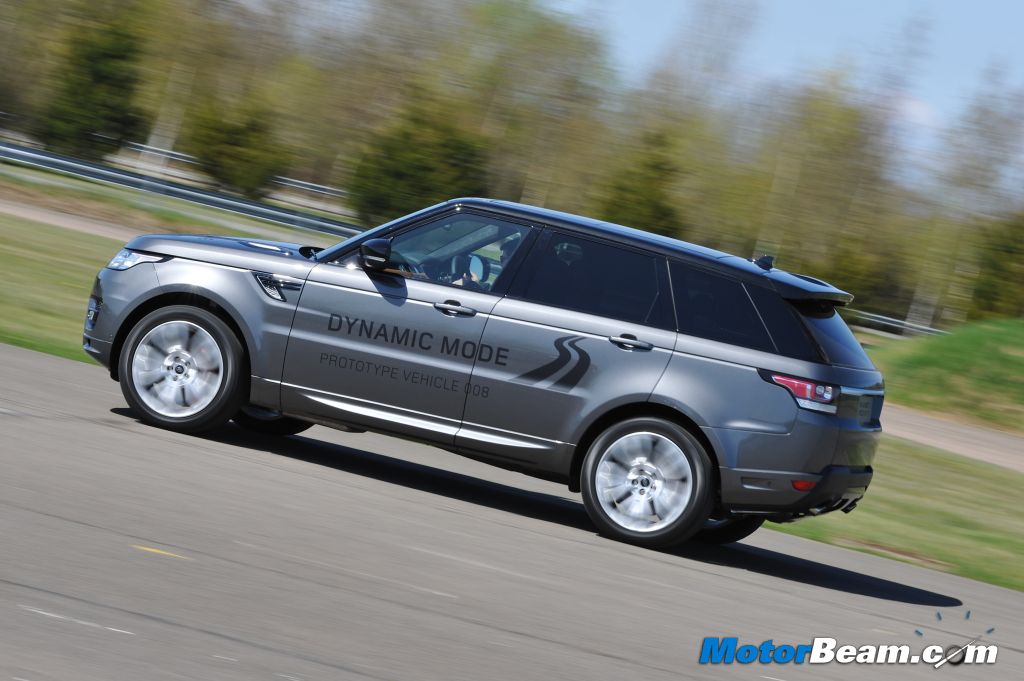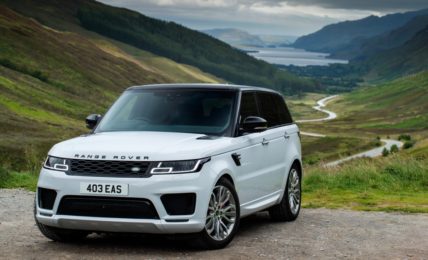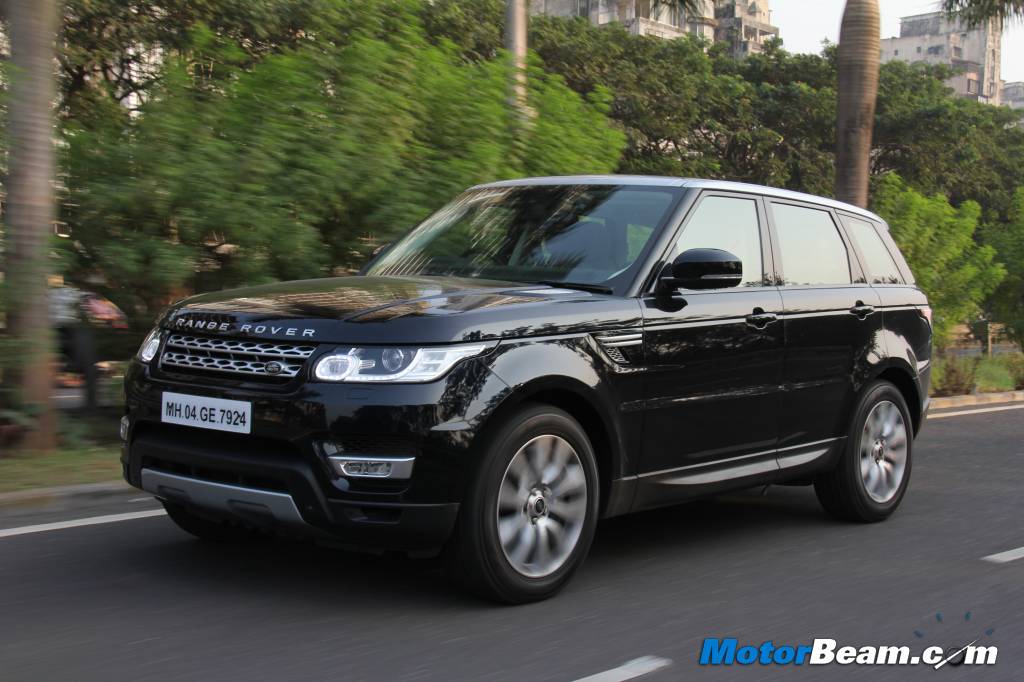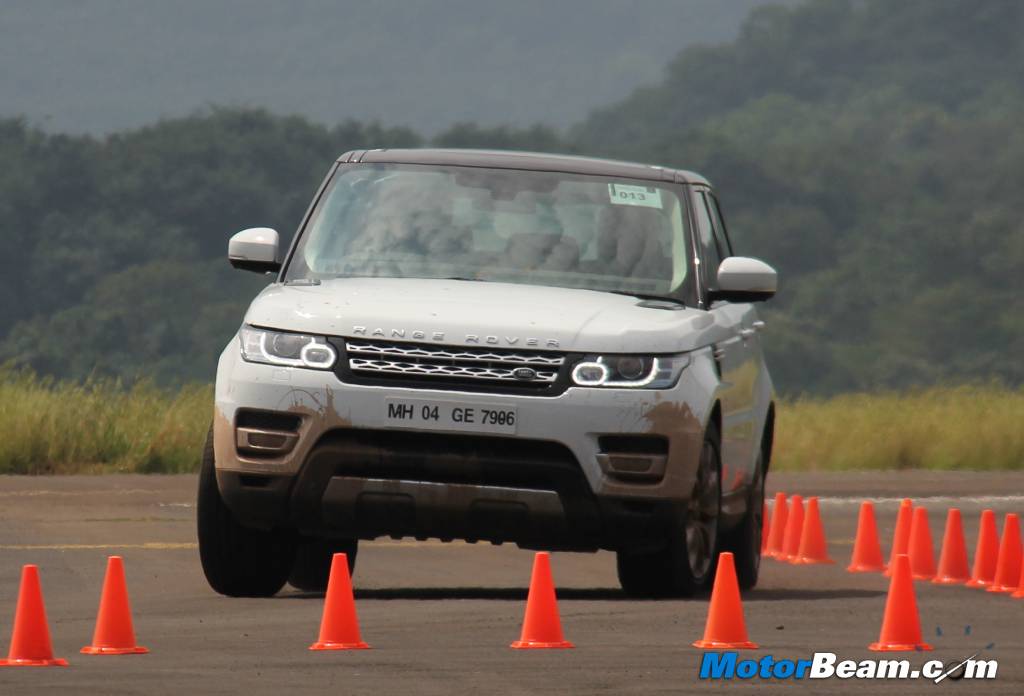Range Rover Sport Review
The all new Range Rover Sport remains highly capable off-road while still being thoroughly impressive to drive on road.
Land Rover unveiled the second generation Range Rover Sport (codenamed L494) at the NY Auto Show a few weeks back and the company is almost ready to start sales of what they call “the fastest, most agile, most responsive Land Rover ever”. The last generation Range Rover Sport was a huge success (4 lakh units sold worldwide) and production of the model has been discontinued as Solihull gets ready to churn out the all new, all aluminium Rangie soon. We got a chance to drive the new Range Rover Sport around Jaguar Land Rover’s test track in Gaydon recently. Land Rover calls the vehicle a prototype but what we drove is quite close to the production model. Our encounter with the vehicle was quite brief but we have come out throughly impressed with the SUV’s performance.
The Range Rover Sport has evolved from the Range Stormer Concept (Land Rover’s first concept vehicle) which was first showcased in 2004. The new Sport has quite a lot in common with the Range Rover and even the styling is very similar. The Range Rover Sport does look sportier with a smaller grille, more aggressive bumper and different head and tail lights. The influence from the stylish Evoque is quite apparent and the big wheels do look splendid. However the changes underneath are the ones that really matter (the Sport uses 75% unique parts compared to the Range Rover) and Land Rover has put in a lot of effort in engineering and testing to come out with a splendid drive experience. Even the exhaust note from the vehicle is very sporty and a pleasure to the aural senses (it also has active exhaust system).
The new Range Rover Sport weighs 420 kgs less than the outgoing Sport (variant to variant), which is thanks to the use of aluminium and polymer based parts on the vehicle. Land Rover had both the old and new model standing on weighing scales to demonstrate the weight difference at the prototype drive event. The company claims the new model is 30% better in handling and our short drive can confirm the improvements in the car’s dynamic ability. The steering is well weighed and offers very good feedback. One can really push the new RR Sport without worrying about the size of the vehicle and it goes through corners with almost negligible body roll. Taking corners at 100 km/hr was a breeze with the torque vectoring working fabulously to ensure torque is only fed to the wheels with the most grip, thereby adjusting the balance of the car and preventing understeer. Ride quality is good but gets a bit harsh when in dynamic mode, as the suspension stiffens up. We didn’t get a chance to test the braking performance but pedal bite was reassuring.
The handling has improved so drastically that the Range Rover Sport was able to do a lap around the Nurburgring in just 8:35 minutes, which is simply brilliant for a full sized SUV. The Range Rover Sport variant we drove at the Gaydon test track was powered by a 5.0-litre Supercharged V8 engine which produces 510 PS of power and 625 Nm of torque, mated to a 8-speed automatic gearbox. The reduced weight has helped performance and throttle response is instant with the new Range Rover Sport doing the 0-100 km/hr sprint in 5.3 seconds. The gearbox shifts smoothly and responds instantly to throttle inputs. You have paddle shifts on the steering wheel and instead of the rotary gear knob on the centre console, you get a stick shift which makes it more fun to shift cogs during spirited driving.
We were able to do 240 km/hr on the straight at the track and never did the vehicle feel out of breath, accelerating very quickly to its top speed (limited to 140 mph and can optionally be increased to 155 mph). The vehicle remains thoroughly composed at high speeds and NVH levels are a bare minimum. There will be a range of petrol and diesel engines on offer, including V6 petrol and diesel (in two set of tunes), V8 petrol and diesel and a diesel hybrid too. Mileage has improved over its predecessor by around 15%, thanks to the reduced weight.
The interiors of the Range Rover Sport are quite similar to the Range Rover. There are some minor changes like a more sportier seating position as you sit lower in the Sport than in the flagship Land Rover. Quality levels are simply top notch and everything feels solidly put together. The vehicle gets Auto Terrain Response system along with a wade sensing feature which is an industry first. The outside rear view mirrors have ultrasonic sensors to monitor the water level, thereby giving a visual and audio warning to the driver about the level of water outside. The Range Rover Sport has a wade depth of 850 mm and a wheel articulation of 546 mm, which is easily the benchmark in its class. So the Range Rover Sport is fun to drive, while at the same time it possesses the go anywhere capability which is throughly inscribed in Land Rover’s genes.
The new Range Rover Sport has a ton of features and is loaded with technology. It also debuts a heads-up display for Land Rover, which uses laser technology. The instrument cluster changes colours according to the driving mode. The dials turns red in dynamic mode. Some other interesting features include traffic sign detection, reverse traffic detection, 23 speakers Meridian audio system with 3D sound stage, etc. A new “InControl” car app has been designed (for iOS and Android) which gives a host of options including the ability to show fuel and range, locate car or dealer, etc. The Range Rover Sport even has a Wi-Fi system, with the roof mounted antenna giving the vehicle a better signal. For the first time, Land Rover is offering the Range Rover Sport with an optional 5+2 seating, which they like to call secret seats. The last row of seats are for children and I tried to get in but wasn’t able to. When asked why the Sport has the option of 7 seats and not the Range Rover, Land Rover replied saying people owning the Sport usually don’t have any other vehicle but Range Rover owners have multiple cars and hence Sport owners need the added flexibility.
The new Range Rover Sport is a drastic leap over its predecessor, which itself was a splendid vehicle in its own accord. The new model takes a definite leap in all directions, becoming a much better vehicle to drive and travel in. Due to our limited time with the car, we weren’t able to test all its features so we will reserve our judgement for later, but the first impressions are extremely positive. The new Range Rover Sport has set off in the right direction and will appeal to a large section of buyers. Land Rover plans to plonk in a 4-cylinder petrol engine (240 HP) in the Range Rover Sport later this year, which will give it a weight advantage of 500 kgs over the last gen model. The new Range Rover Sport is sure to create the same levels of success as its elder sibling and will hit Indian shores in September, priced around Rs. 1.4 crores (estimated).


